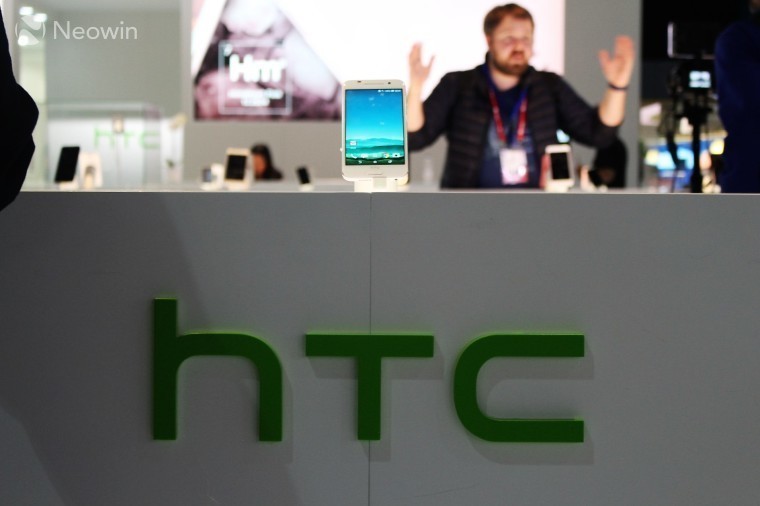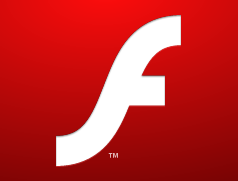
Yesterday, HTC unveiled two new high-end handsets: the U Ultra flagship, and the smaller U Play. They're the first of what will be a much smaller range of devices from HTC, as the company narrows its focus, offering fewer handsets in an attempt to make each one more appealing to buyers.
Chialin Chang, President of HTC's Smartphone and Connected Devices Business, told Engadget that the Taiwanese firm will release only six or seven phones in 2017, potentially halving the number of devices that it released last year. Considering HTC's current handset line-up, that seems like a sensible move.
As it now stands, HTC's range is a mess. Earlier this week, it announced the upcoming international launch of the Desire 650, a handset with a three-year-old Snapdragon 400 chipset, and with near-identical specs to the Desire 630 that it unveiled almost a year ago. In September, it launched the mid-range Desire 10 Lifestyle with the same ageing chipset, and more recently, it released the premium 10 evo (known as the Bolt in the US) with last year's Snapdragon 810 SoC, rather than the newer 820 or 821. Meanwhile, the new One A9s was released with worse specs in some aspects than the device it replaced.
HTC's latest announcements aren't exactly encouraging either. Despite its $749 price tag, the new HTC U Ultra's spec sheet is pretty run-of-the-mill compared with other range-topping handsets that have launched in recent months, and its defining feature - a tiny secondary display above the main screen - was obviously inspired by LG's V10 and V20 flagships.

But a new wave of rival flagship-class devices is on the way in the next couple of months, including the LG G6, Galaxy S8, and Nokia 8 Supreme, among others. Each of these handsets is expected to launch with more powerful and compelling hardware, including Qualcomm's newest Snapdragon 835 chipset, threatening to eclipse the U Ultra very quickly.
HTC hasn't even announced a launch date or price for its second new device, the U Play. We do know that its specs will be inferior to those of the U Ultra in many ways, and we also know that when it eventually launches, it will ship with Android 6.0 Marshmallow on board, despite the fact that Android 7.0 Nougat has now been available for almost five months, and the even newer Android 7.1.1 has been released.
It's hard to see any clear strategy to HTC's approach to the mobile market, and the launch of yet another new product line with its latest U-series handsets only muddies the waters further. HTC's Chang said that the company will continue to make Desire handsets for "fun and affordable" markets, but the future of its existing flagship range remains unclear.
The HTC 10 was unquestionably the company's best device of 2016, earning itself a very high score in our review - but a direct successor is looking increasingly unlikely. When asked about the prospect of launching an 'HTC 11', Chang said a device with that name won't be released this year. That appears to leave the door open to the possibility that a successor could launch under a different name, but comments from a HTC representative reported by Android Police suggest that the company isn't intending to offer a direct replacement for the HTC 10.
The question of whether or not it plans to release any more One handsets also remains unanswered.
Against this backdrop, the streamlining of HTC's range to reduce its new handset releases to around half a dozen this year seems like a step in the right direction. But after seeing this week's launch of new devices with last year's specs - and one handset with 2015's operating system - we'll have to wait and see if HTC's new strategy brings order to its chaotic range.

















13 Comments - Add comment